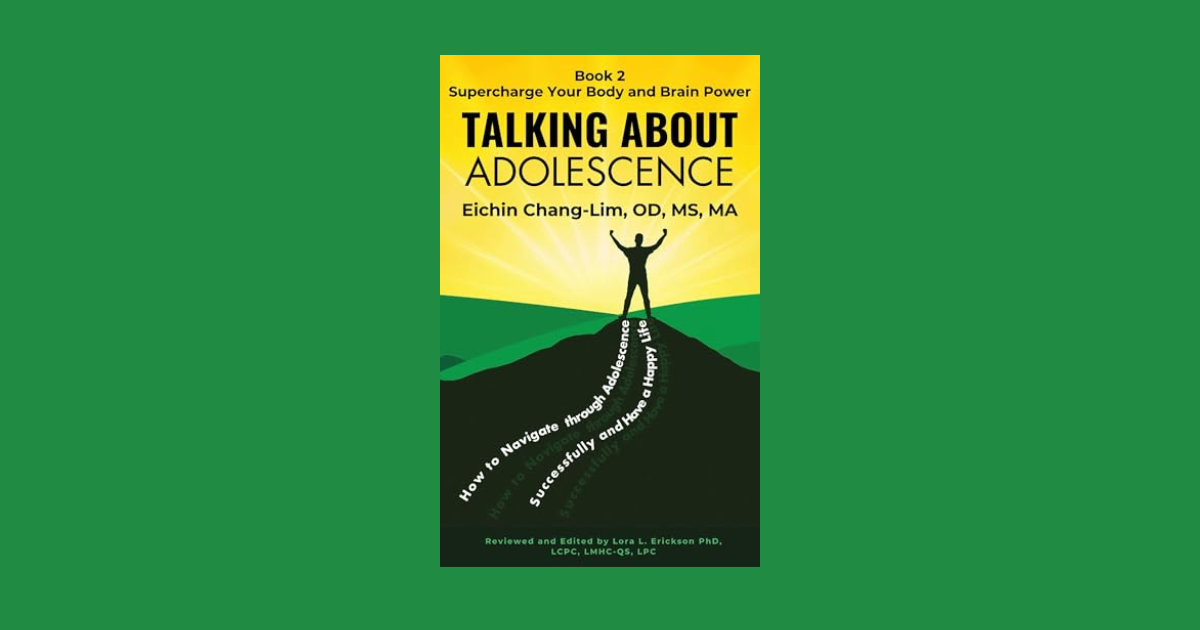This is the first part of a three-part series on the success elements of growth.
One of the things I enjoy the most about my job is how much I learn from my clients and colleagues. Over the years, I have had the incredible opportunity to work with some big brands and incredibly smart people and engage with innovative thinkers I am proud to call my clients.
Much of what I write about is an amalgamation of all of those learnings, thoughts, discussions and experiences which have turned into deliverables for our clients. And, as we engage with more clients, we will continue to think through our approaches and processes for one purpose only, to improve our deliverables and help make our clients and the industry at large better.
I lead with this thought because I am starting a three-part series on the success elements of growth. While many before me have discussed the importance of growth and what companies need to do to grow, I know many still struggle to do so and I also know that it does not have to be that way.
Organizations can realize sustainable growth, and marketing has to play a significant role in that. The thoughts and approaches I will share in this series are what I and my business partner have learned along the way, what we have applied at organizations and what we use today in our business to help ourselves and our clients realize their full growth potential.
Marketing chasing the silver tech bullet
Just this week, I was looking through my LinkedIn feed and saw this post from a colleague I have known and respected for quite some time. His post started with these two observations:
“Marketing is long on tech and short on people. Sales is long on people and short on tech”.
As his post went on, he made this statement in regards to marketing, “They have to look to technology to solve their problems.” Remember that he was not saying marketing should do this. I took his statement to mean that this is what they are doing.
And it is this that makes things so difficult for marketing to contribute to growth. They are looking to technology to solve their problems. While writing for MarTech, I know I need to be careful how I frame the discussion on technology. While I am a big believer in technology, I also firmly believe that marketing is only as good as the strategy that it is there to enable.
I have seen far too many marketing organizations invest in large tech stacks only to come up short in terms of the value realized. Yet, as seen from my colleague’s post, it still seems to be the approach many in marketing roles take.
Marketing helps drive company growth
Regardless of how you approach technology, the one thing that I believe every marketer can agree with is that the job of marketing is to help a company grow. While this is the objective, anyone in a marketing leadership role understands how challenging meeting this objective can be for many reasons.
What I have found to be true with virtually every organization I have worked with over my nearly 30 years is that the biggest limitation to growth for most organizations is the lack of a defined framework and process on how to grow.
Just this week, I was on a call with a prospect. I asked them about their three-year revenue projections, and they admittedly said they did not know. I then asked where they get most of their revenue — again, they did not know.
They did know last year’s numbers which was a record year, but in terms of how they would replicate it or optimize the areas of their business that led to that growth, they had no clear plan or understanding of how to get there.
In this series of articles, I hope to get you thinking about how to approach growth purposefully and that you will begin thinking about the success elements you need to build a sustainable growth foundation for your business.
In my article from last month, I shared a visual of a macro customer journey and wrote about moving from value creation to value expansion. Taking that same visual, I have included the six success elements needed to achieve sustainable growth.

This is not to say that these elements are only needed at that specific place in the journey, but it highlights the importance of having a high level of maturity in all these areas to ensure consistent growth.
Furthermore, this is not just a marketing initiative, this takes a unified approach from marketing, sales and customer success, which all play a role at various stages of the customer journey and all play a significant role in growth.
A way to get started
In the next two articles in this series, I will break down the six success elements and detail what is needed to achieve peak maturity in each area and look to provide a roadmap that you can follow to begin building the growth foundation for your organization.
If you do not want to wait to get started, take the first step of aligning with your sales and customer success organizations and begin those discussions by asking these two questions:
- Who do we think our customers are?
- What do we think our customers care about?
After you have spent some time answering these questions, go out and speak to your customers and see how closely your internal answers are to theirs.
Get MarTech! Daily. Free. In your inbox.
Opinions expressed in this article are those of the guest author and not necessarily MarTech. Staff authors are listed here.






































































